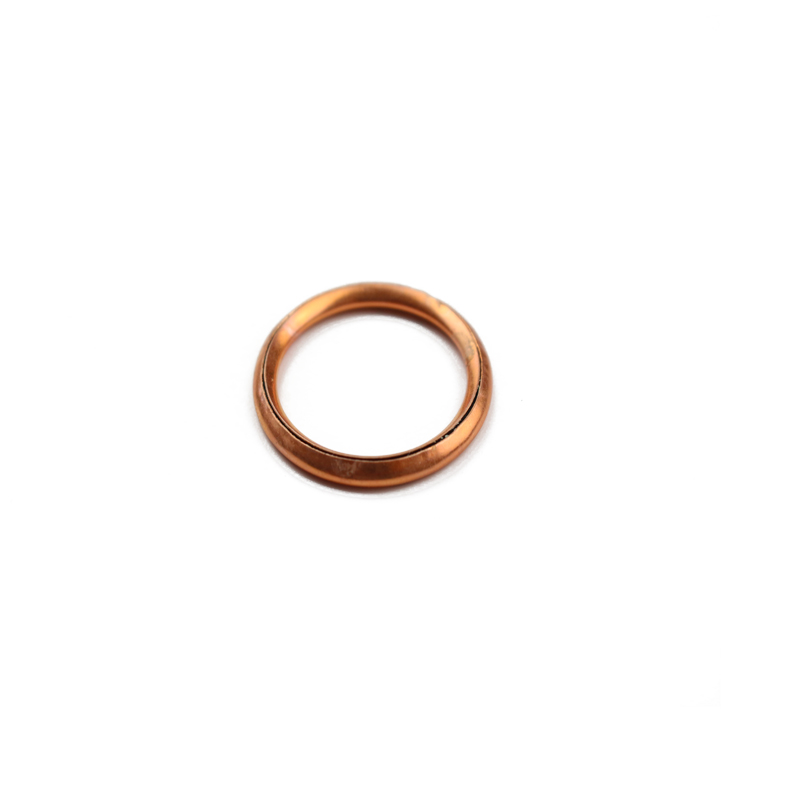transmission tail seal
Understanding the Importance of Transmission Tail Seal
The transmission tail seal plays a critical role in the overall performance and longevity of a vehicle's transmission system. It is a small yet essential component that helps maintain the efficiency of the drivetrain while ensuring that various fluids remain contained within their designated areas. Understanding its function and significance can help car owners appreciate the intricate workings of their vehicles and provide insights into maintenance practices that can prevent costly repairs.
What is a Transmission Tail Seal?
The transmission tail seal is located at the rear of the transmission case, where the driveshaft connects to the transmission. Its primary function is to seal the opening, preventing transmission fluid from leaking out. As the vehicle operates, the transmission experiences various pressures and temperatures, which can cause the materials to degrade over time. The tail seal, usually made of rubber or silicone, is designed to withstand these conditions, ensuring a tight seal throughout the vehicle's lifespan.
Importance of the Transmission Tail Seal
1. Fluid Containment The most crucial function of the transmission tail seal is to contain the transmission fluid. This fluid is vital for lubricating the transmission components, ensuring smooth gear shifts, and preventing overheating. A well-functioning tail seal prevents leaks that can lead to low fluid levels, ultimately compromising the transmission's efficiency and durability.
2. Preventing Contamination In addition to containing fluid, the tail seal also plays a role in preventing foreign contaminants from entering the transmission. Dust, dirt, and other debris can wreak havoc on the transmission system. If the seal is compromised, these contaminants can infiltrate the fluid, leading to premature wear and failure of internal components.
3. Safety Considerations A well-maintained transmission tail seal can prevent potential accidents. Transmission fluid leaks can create hazardous conditions on the road. If fluid escapes onto surfaces, it can cause slippery patches, increasing the risk of accidents. Maintaining the integrity of the tail seal is thus essential for operational safety.
4. Cost-Effectiveness Maintaining the transmission tail seal can lead to significant cost savings in the long run. If a leak develops, it may go unnoticed for a period, leading to severe transmission issues that could require extensive repairs or even complete replacement. Regular inspections that include checks for seal integrity can help identify minor issues before they escalate into major problems.
Signs of a Failing Transmission Tail Seal
transmission tail seal

Car owners should be alert to several warning signs that may indicate a failing transmission tail seal
- Fluid Leaks The most obvious sign of a failing tail seal is the presence of transmission fluid under the vehicle. Transmission fluid is usually red or brown and has a distinct smell. If you notice puddles on your parking space, it may be time to inspect the tail seal. - Slipping Gears If the vehicle is struggling to stay in gear or you notice unexpected shifts, it could be a symptom of low fluid levels due to a leak.
- Strange Noises Unusual sounds, such as whining or grinding, can indicate that the transmission components are not well-lubricated and may be suffering from low fluid levels.
Maintenance and Replacement
To maximize the lifespan of the transmission tail seal, regular maintenance is vital. This includes
- Regular Fluid Checks Keeping an eye on the transmission fluid level and condition can help catch leaks early.
- Professional Inspections Having the transmission system, including the tail seal, inspected by a professional during routine maintenance can help identify any issues before they become critical.
If a tail seal does fail, it can typically be replaced without the need for a complete transmission overhaul, making it a manageable repair for most vehicles.
Conclusion
The transmission tail seal may not be the most glamorous part of a vehicle, but its role in fluid containment and overall transmission health is undeniably critical. By understanding its importance and being proactive about maintenance and inspections, car owners can ensure their vehicles operate smoothly and efficiently for years to come.
-
The Ultimate Guide to Car Repair Kits: Tools and Essentials Every Driver Should Own
News Aug.01,2025
-
The Complete Guide to Oil Pan Gaskets: Sealing Engine Leaks the Right Way
News Aug.01,2025
-
Preventing Oil Leaks: A Complete Guide to Oil Pan Gaskets and Drain Seals
News Aug.01,2025
-
Everything You Need to Know About Oil Pan Gaskets and Drain Plug Seals
News Aug.01,2025
-
Essential for Car Owners: How to Use a Car Repair Kit to Deal with Minor Breakdown
News Aug.01,2025
-
Comprehensive Guide to Engine Oil Sump Gaskets and Related Seals
News Aug.01,2025
-
The Ultimate Guide to Boat Propeller Bearings and Trailer Wheel Bearings
News Jul.31,2025
Products categories















